Mozambique: Government considers mergers and closures among country's 98 public institutes
Traffic over the Save restricted for want of US$29 million
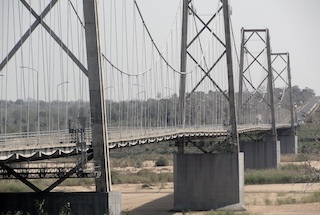
A Verdade / Save bridge
Even as each block in the construction of the low-priority but super-charged bridge between Maputo and Ka Tembe is trumpeted to the heavens, the government has been unable to find the approximately US$29 million needed for the imperative rehabilitation of the bridge over the Save River.
That is the reason heavy traffic on the only bridge connecting the centre to the south of Mozambique has been restricted since last September.
By mid-2015, work should have begun on replacing the cables and supporting appliances, refurbishing the expansion joints and repairing the pavement and painting the Save River bridge, built in the 1960s and inaugurated in 1972.
The approximately US$29 million rehabilitation works were awarded to the Portuguese construction company Teixeira and Duarte, but never got started. In April 2016, when the secret and illegal Proindicus and MAM debts were discovered, international cooperation funds were suspended, and the resulting crisis halved the value of the metical.
The report on the biannual balance sheet of the Economic and Social Plan (PES) for the 2017 financial year, to which A Verdade had access, acknowledges that the works “should have started two years ago but have not yet started due to delays in paying [the company] the advance payment”.
According to the report, the impasse in the start of rehabilitation is related to the “devaluation of the metical against the dollar, with the contractor proposing the payment of 70 percent of the contract at the exchange rate of the day,” the document said.
At the moment, only one truck at a time, with a maximum weight of 35 tons, can cross the central span of the bridge.
One truck at a time with a maximum weight of 35 tons
Meanwhile, a source from the institutional communication department of the National Road Administration (ANE) told A Verdade that, during the two years in which the rehabilitation did not go ahead, the bridge has deteriorated yet further, hence the decision last August to limit the maximum weight of vehicles crossing it.
“Due to the current technical state of the bridge over the Save River on Road N1 connecting the provinces of Inhambane and Sofala, the National Road Administration announces that, as of 31 August 2017, the gross weight of vehicles crossing the bridge should not exceed 35 tonnes, observing the permissible limits per axle or group of axles”, the ANE press release reads. “Only one heavy vehicle will be allowed to cross through the central axis of the bridge at any one time, at a maximum speed of 30 kmh,” it reads.
The communiqué does not state how long the measures will be in effect, but the probability is that they will only be reviewed when the initial rehabilitation works and any additional ones due to ongoing deterioration have been carried out.
These works are not expected to happen any time soon, due to the manifest lack of State Budget funds and the suspension of most of the international financing responsible for more than 60 percent of public works sector financing.
Prime Minister Carlos Agostinho do Rosário has even suggested a public-private partnership be entered into for the rehabilitation of the bridge, with the private operator raising a toll to recoup the investments.
But while there is no money for a piece of infrastructure of vital importance to Mozambique, with an average of three hundred heavy trucks, buses and thousands of vehicles crossing the bridge per day, work on the majestic bridge between the city of Maputo and the Ka Tembe municipal district continue apace.
Budgeted at US$725 million of public debt to China with conditions never made public, the cost of this doubtfully viable bridge is remarkably high compared to similar structures in other parts of the world. In fact, the timing of the loan seems to have been finished just in time for the 2013 and 2014 electoral cycle, and it does not take great deal of research to understand public works are ideal for generating campaign funds, and not only here.
But the fact is that the cost of the initial rehabilitation of the bridge over the Save River, which is a necessity for most Mozambicans, represents less than 4 percent of the cost of the bridge that will benefit less than 10 percent of the Mozambican people and some tourists, itself costing almost triple the 2016 Integrated Roads Sector Program.
By Adérito Caldeira


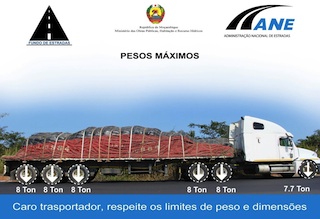
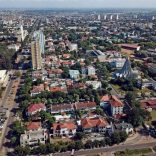
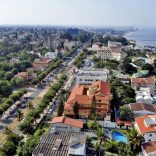


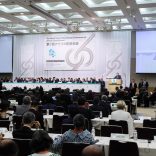


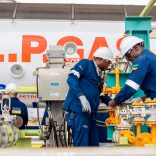


Leave a Reply
Be the First to Comment!
You must be logged in to post a comment.
You must be logged in to post a comment.